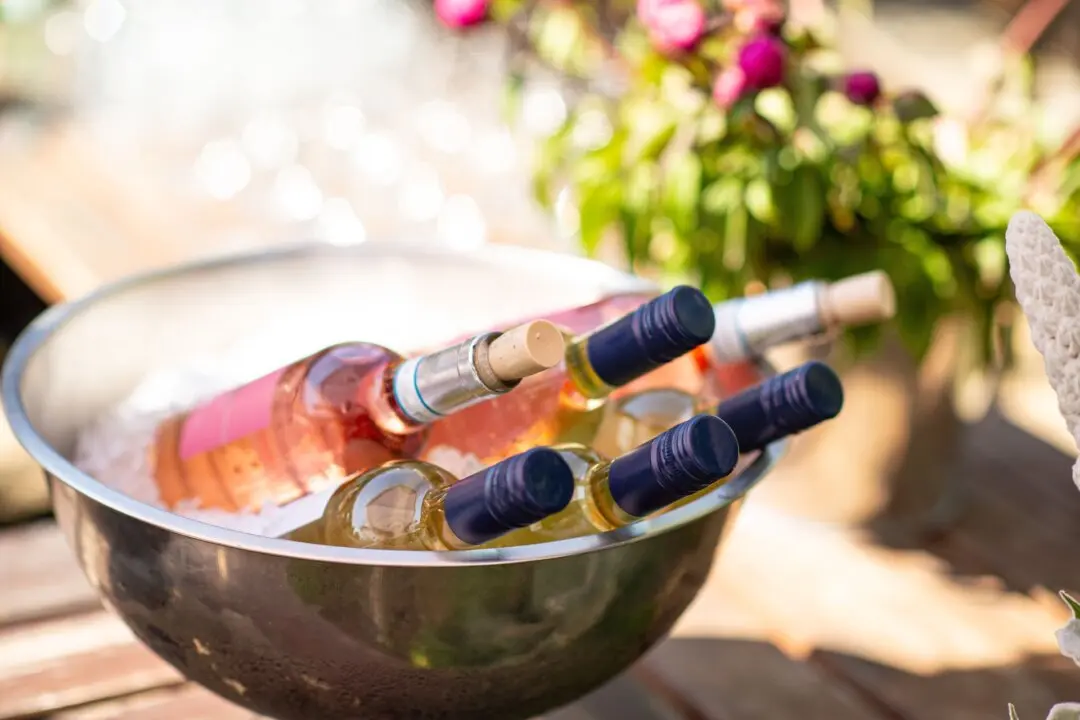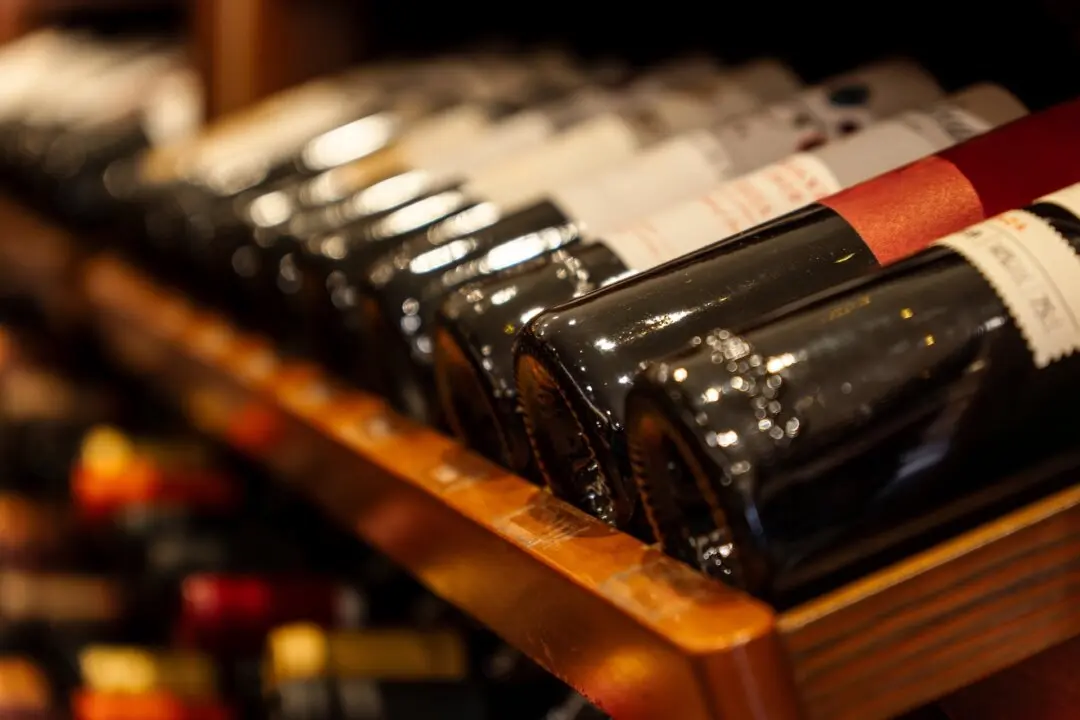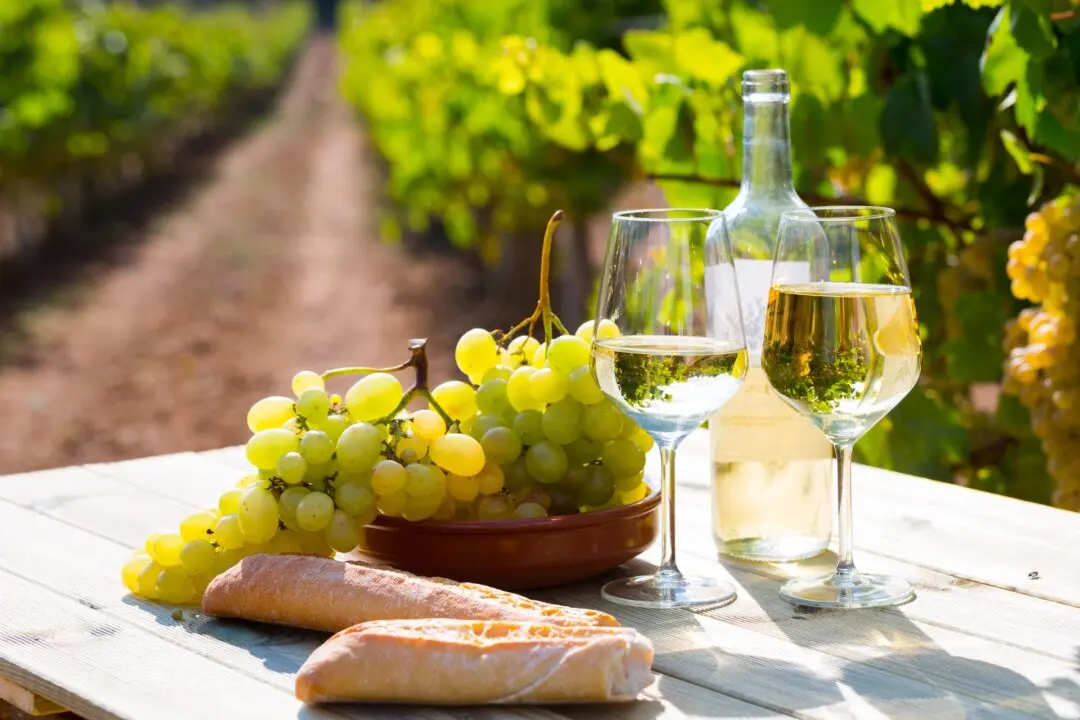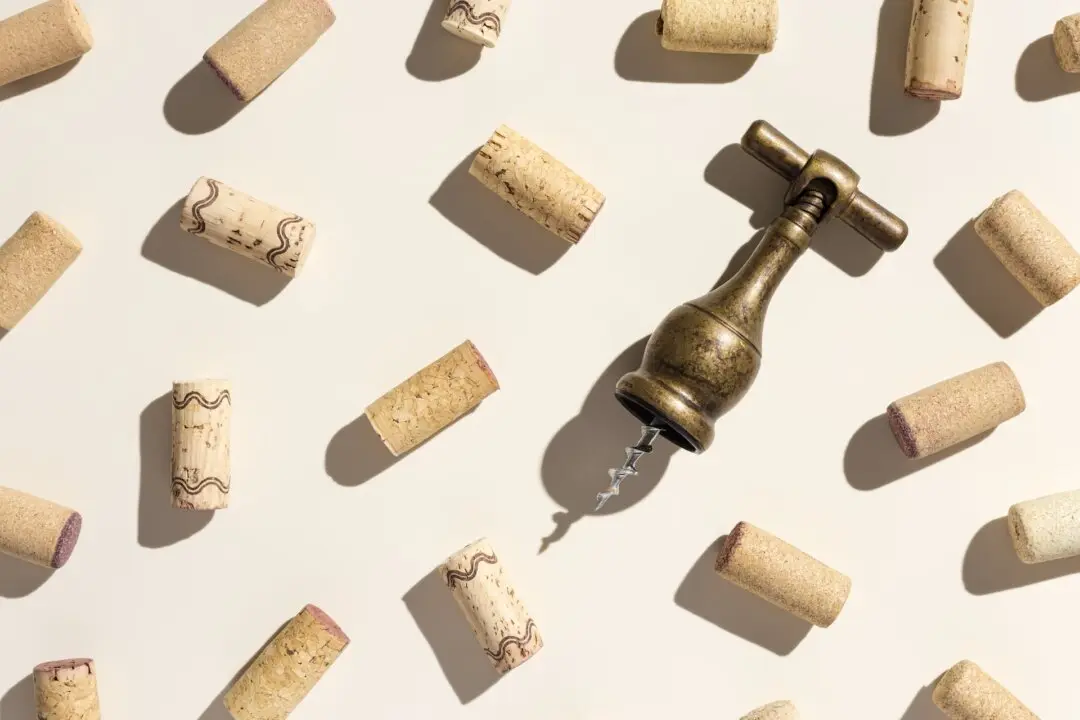Wine geeks use the French term “terroir,” a hard-to-translate term that relates to how grape varieties are impacted by the regions in which they’re grown.
In theory, it means that chardonnays display unique characteristics that emanate directly from the grape variety as well as from their growing regions.





